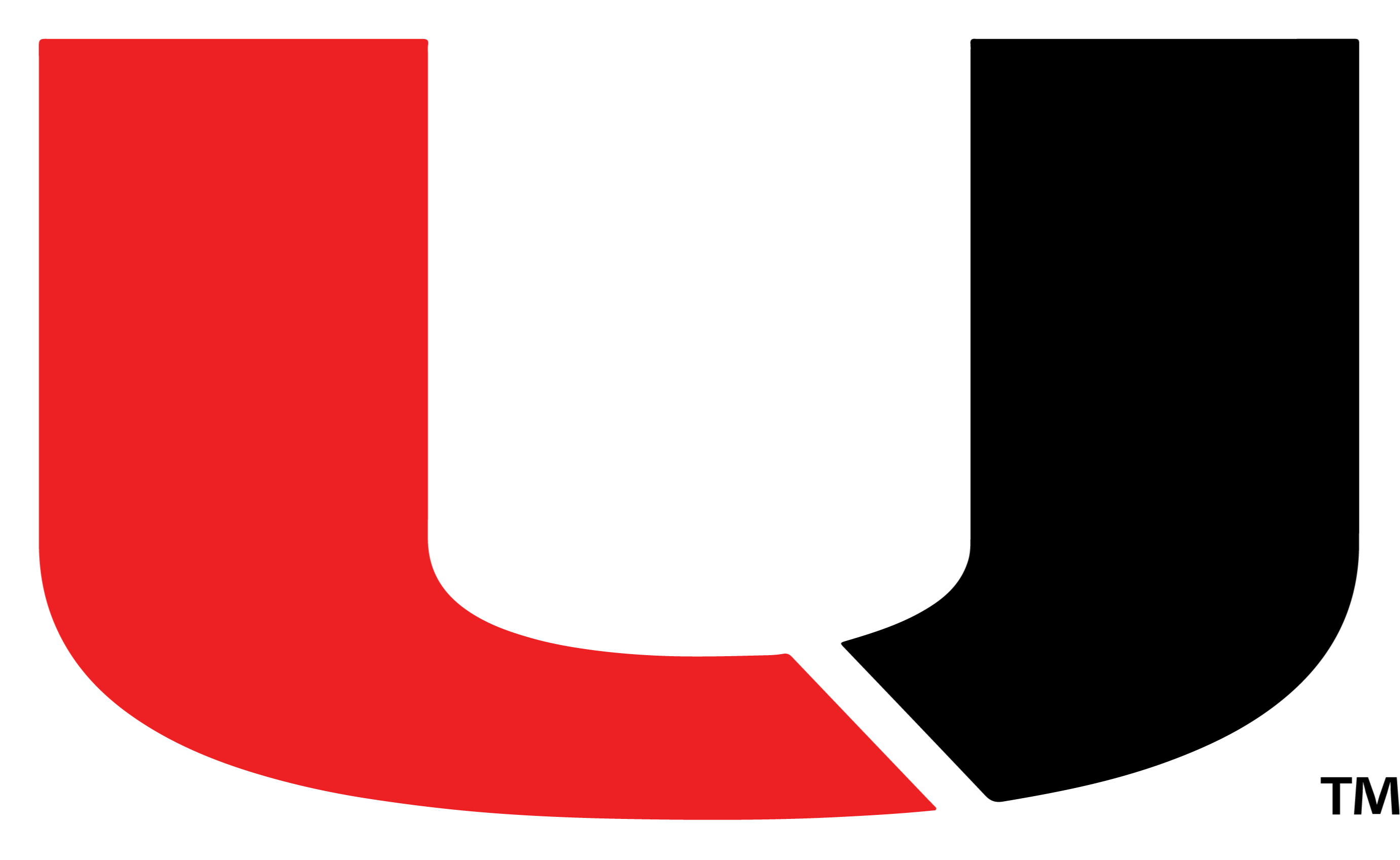Teaching and Learning
Contact
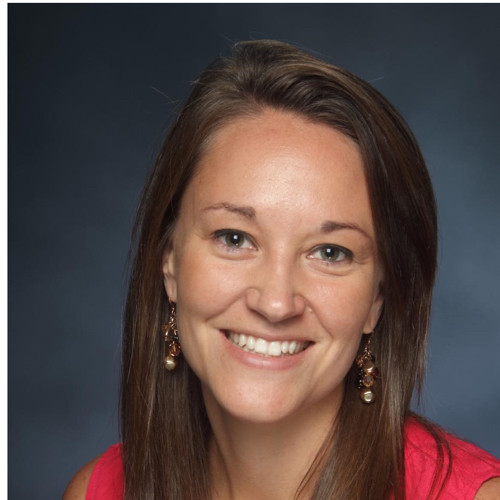
Dr. Kendra Fennessey: Assistant Superintendent
Danielle Sachs: Instructional Coach
Jamie Aholt: Instructional Coach
Dana Brinker: Instructional Coach
Teaching and Learning
The Union R-XI School District strives for excellence.
Welcome to the Union R-XI curriculum site! Our goal is to strengthen our PK-12 curriculum alignment with the Missouri Learning Standards in the Union R-XI School District. We support these efforts by providing opportunities for teachers of elementary, middle, and high school students to work together and share their expertise. This site is an extension of that goal, as we hope it will make the PK-12 curriculum more accessible to teachers and parents.
The Union R-XI School District strives to provide accurate, timely, and transparent communication for the purposes of increasing understanding about the public education system. The Curriculum, Instruction and Assessment Department is dedicated to student learning and achievement in the Union R-XI School District. Through the perpetual improvement of district curriculum and instructional programs, our goal is to provide educational opportunities rich with rigor, thus cultivating the students of the Union R-XI School District to achieve their greatest potential.
Curriculum Development
Union R-XI’s curriculum development process is based from the Curriculum Leadership Institute (CLI) Model.
The CLI Model is a comprehensive, in-depth process for creating lasting systems in the development and improvement of curriculum, instruction, and assessment within our district. The CLI Model includes phases for curriculum, instruction, and assessment with the work being governed by a council so decisions do not lie on the shoulders of just one person.
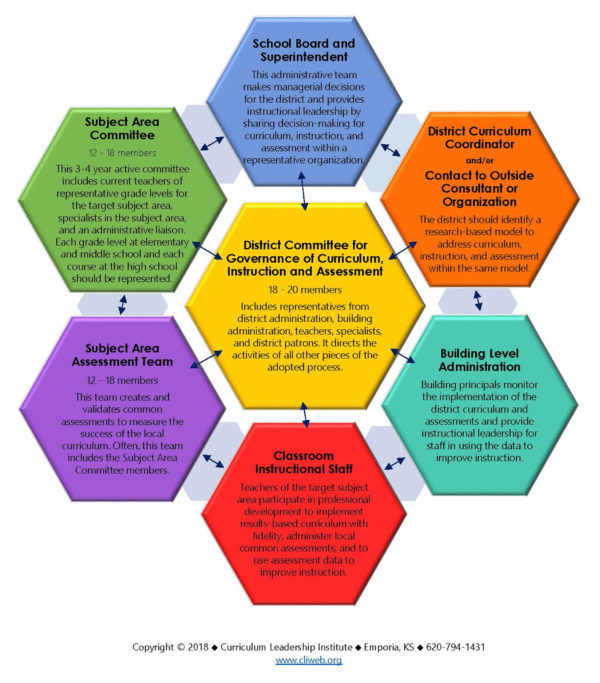
Governance
Governance is the structure for overseeing the curriculum, instruction, and assessment phases of learning. It is the foundation that each district needs in order to be successful in all other phases. It begins with the creation of curriculum policy and a Curriculum Coordinating Council (C3), which is made up of representatives from various roles across the district.
Policy IF: Curriculum Development
Policy IF-AP1
Council duties then include such things as creating a long-range plan to see that the work is maintained for years to come; making decisions about teacher implementation requirements, grading, mastery, and assessments; looking at the district mission statement; creating open lines of communication; and integrating appropriate staff development.

Curriculum
In Year 1 of the model, we guided representative teachers of a single content area (the Math Subject Area Committee) through the process of creating a local, research-based K-12 curriculum that is aligned horizontally, vertically, and with state or other required standards. Remember, standards are NOT curriculum!
Each Subject Area Committee (SAC) remains intact through an entire curriculum-instruction-assessment cycle. It meets regularly in the first year to create the curriculum and then less often in subsequent years when the curriculum is in place. Once the curriculum has been validated (during the second year of the cycle), the district can begin collecting various types of data to inform instruction and assessment.
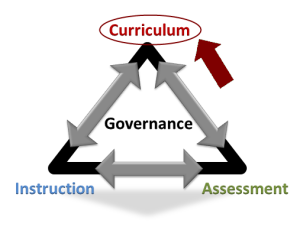
Instruction
Once the curriculum is in place, the next steps in the model consist of creating a pacing guide, organizing teaching materials, and building an Instructional Planning Resource (IPR) to facilitate daily planning.
CLI’s IPR is a valuable tool containing information pertaining to outcomes, criteria, assessment, teaching methods, student activities, and resources.
During this phase of the model, all subject-area teachers go through staff development in order to ensure lessons are directly aligned to the new curriculum, and on the process for providing feedback so the Subject Area Committee can make revisions when necessary. After this phase, your district will have a solid curriculum that has been tested and validated.
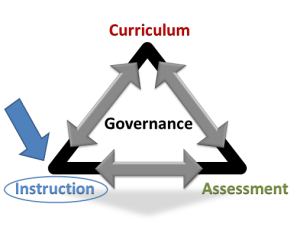
Assessment
The final phase of the curriculum cycle is creating and validating common assessments aligned to the new local curriculum. During this phase, the Subject Area Committee will receive detailed training in the areas of assessment construction, administration, and scoring.
Most districts will complete assessment validation within the fourth year of the curriculum cycle, with the Subject Area Committee meeting only a couple of times to make revisions. After completing all phases of the CLI Model, your district will have a K-12 aligned curriculum which serves as the basis for all instruction in that content area. Our teachers will have unified expectations for their students and targets to aim for. Their instruction will be aligned and their assessments will be valid and reliable measurements of student learning.
Teachers will then be able to improve their instruction and improve student learning.
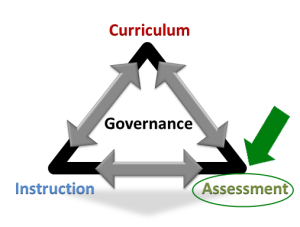
Mission
The mission of the Curriculum Coordinating Council is to coordinate and communicate curriculum efforts and programs district-wide. The Council provides leadership and support to create the optimum learning environment so that students can realize their full potential to function effectively in an ever changing environment.
